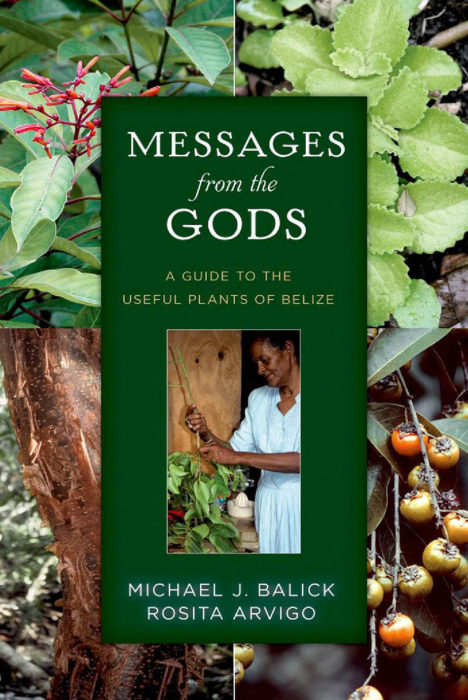The Belize Ethnobotany Project
The BEP joined efforts with the National Cancer Institute to collect medicinal plants in Belize to be tested in Washington, DC for potential anti-cancer and anti-AIDS activity. The team of researchers, scientists, herbalists and bush doctors collected nearly three thousand plants from all districts of Belize. From 1991-1994, the BEP held five regional and two national Traditional Healers’ Conferences in Belize that were attended by over five hundred bush doctors, midwives, herb collectors, massage therapists, bone setters, snake doctors and granny healers. During the individual break-out sessions healers came together for the first time to discuss issues of vital importance to them.
Our goal is the conservation of medicinal plants and the preservation of traditional healing in Belize. We believe that the most important aspect of that work at this time in the evolution of our planet is to train and educate children about plants and healing.
A History ...
One of the very first visitors to Ix Chel Farm sent Rosita a newspaper article from the Boston Globe about the New York Botanical Garden's search for tropical plants that might have anti-AIDS or anti-cancer activities. The Garden had a research grant from the National Cancer Institute to search for plants with medicinal uses in Central America. Rosita wrote immediately to Dr. Michael Balick - the director of the Research program to explain that she had just started to study with an old Maya healer. Don Elijio Panti, who said he would be willing to share his plant knowledge with the scientists.


Michael Balick came to Belize a month later to meet Rosita and Don Elijio. He was immediately convinced that Don Elijio was an authentic Maya shaman, a healer of the greatest caliber and that his ancient medical system deserved to be preserved for all of humanity.
That same year, in 1987, The Belize Ethnobotany Project began with Dr. Balick as Primary Investigator and Rosita and Greg, her husband as field assistant. The BEP was a nine-year research program to record Belize's medicinal plant knowledge from interviews with traditional healers around the country. The plants were sent to The National Cancer Institute for testing on 99 types of cancer cells and two AIDS viruses. Herbarium specimens containing all of the recorded knowledge was also sent to the Forestry Department of Belize. Nearly three thousand medicinal plants were recorded by the BEP highlighting their uses, contraindications, formulas, legends and myths. This was the first time a program of this nature had ever been conducted in Belize. Don Elijio contributed over five hundred different medicinal plants to the research program from his living memory as he never learned to read or write, yet he had an encyclopedia of information in his head.


Since the 1960’s there has been a powerful resurgence of respect for medicinal plants. After all, 25% of our modern medicines come from plant compounds and more are being discovered every day. It has been my great privilege to participate in the global search for plants with active compounds that could improve medicine.
Messages from the Gods
For further reading, check out Messages from the Gods: a Guide to the Useful Plants of Belize
Published by the The New York Botanical Garden Press/Oxford University Press by Michael J. Balick and Rosita Arvigo

